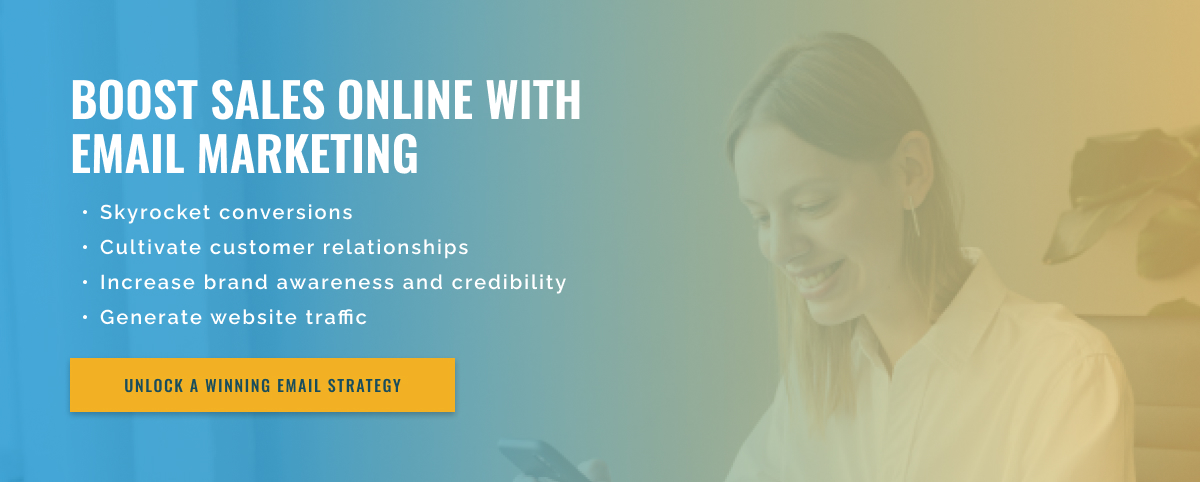3.5 minute read
Email Personalization with Advanced Segmentation Strategies
In today’s competitive market, email marketing has become an essential tool for companies to reach customers and promote their products and services. With the rise of automation and data-driven marketing, advanced email segmentation has become a key strategy for delivering personalized content to email subscribers. In this blog, we’ll discuss some advanced segmentation strategies that companies can use to create engaging and targeted email campaigns.
1. Behavioral Segmentation: One of the most effective segmentation strategies is behavioral segmentation. This allows you to segment your subscribers based on their actions, such as website behavior, email open rates, and click-through rates. By tracking this behavior, companies can send personalized emails that meet customers’ specific needs and interests. For example, if a subscriber has abandoned their cart, companies can send them a personalized email with a discount or reminder to complete their purchase. This not only makes your emails more relevant, but also increases the chance of conversion.
2. Demographic Segmentation: Demographic segmentation groups subscribers based on their age, gender, income, location and other factors. This helps companies create targeted campaigns that appeal to a specific demographic. For example, a company that sells women’s clothing may send emails with products and promotions specifically aimed at women.
3. Personalized product recommendations: Using data on past purchases and browsing behavior, companies can send personalized product recommendations to their customers. This type of segmentation helps create a sense of personalization, making customers feel like emails are tailored to them. It also increases the likelihood that customers will make repeat purchases.
4. Segmentation by interests: Another effective way of segmenting subscribers is segmentation by interests. By asking subscribers to fill out a preference form, companies can categorize them based on their product preferences and interests. This allows companies to send specific and targeted emails that match subscribers’ interests, increasing the likelihood of engagement and conversions.
5. Time segmentation: In email marketing, the moment is crucial. By segmenting subscribers based on their time zone, companies can send emails at the most convenient time for each subscriber. This increases the likelihood that emails will be opened and read, resulting in higher engagement and click-through rates.
To summarize, advanced email segmentation is a powerful strategy that can significantly increase the effectiveness of your email marketing campaigns. By applying behavioral, demographic, interest, and time-based segmentation techniques, companies can create more personalized and targeted content that appeals to their subscribers, leading to greater engagement, conversions, and ultimately, a stronger customer relationship.

